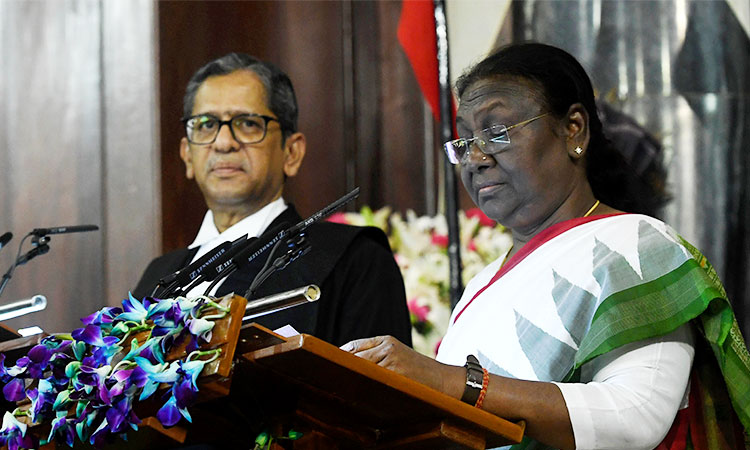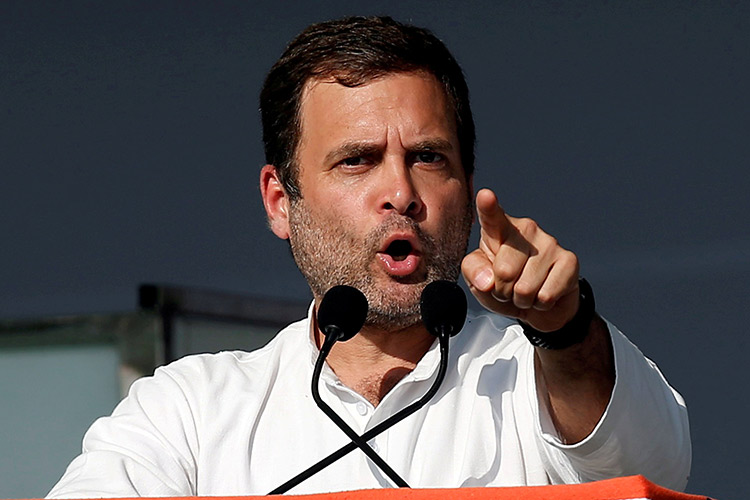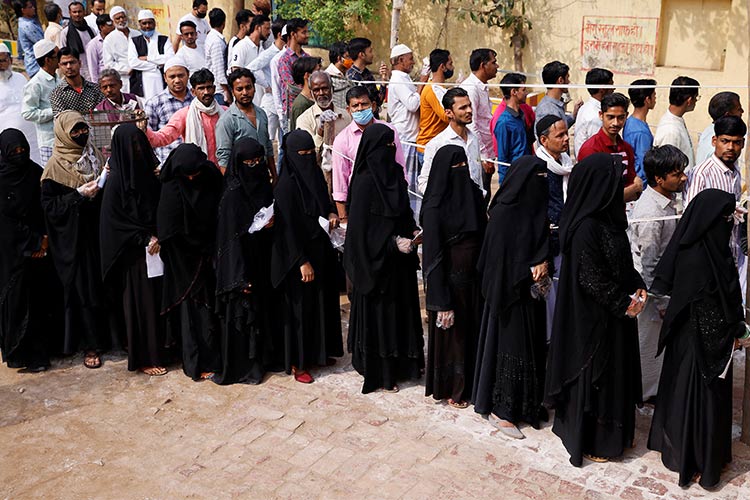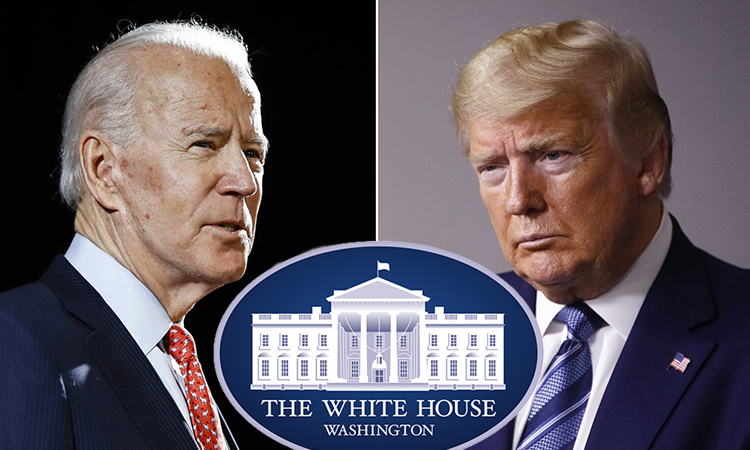Reforms bring cheer to Indian telecom sector

The photo has been used for illustrative purpose.
When a private telecom company acquired spectrum from the government but did not use it because of business exigencies, it had to pay Subscriber User Charge (SUC). And the company could not transfer the unused spectrum to another company. In the new policy announcements, the subscriber user charge has been removed, and companies are now allowed to transfer unused spectrum to other telecom companies.
The other big issue was that of Bank Guarantees (BG). When companies bid for different circles of operation in the country, they had to provide bank guarantees for each circle. This requirement has been removed. The companies bidding for spectrum in different circles will not have to provide only a single bank guarantee. The bank guarantee requirement has been reduced by 80 per cent. The tenure of the spectrum has been increased from 20 years to 30 years. Most importantly, FDI or Foreign Direct Investment has been raised from 49 per cent to 100 per cent.
These measures bring huge relief because the Indian telecom – there are now just three, Reliance Jio, Bharti Airtel and Vodafone Idea with Reliance Jio leading the field – is moving towards a stage where there is a huge data consumption, but the revenues are falling steeply. To attract subscribers, the telecom majors have doled out huge discounts, and user charges are the lowest anywhere in the world.
This has made it difficult for the telecom service providers (TSP) to keep their heads above water as it were. The only exception at the moment that is not afraid of rolling out discounts to subscribers is Reliance Jio in its bid to increase its share in the market. But sooner or later, the consumers will be forced to pay enhanced user charges for better quality of service.
The 5G services are waiting to be rolled out, and it is expected that India will have 350 million 5G subscribers by 2026 accounting for 27 per cent of all mobile subscribers. Indian telecom sector will need greater investment in telecom infrastructure in terms of broadband connections across the country which is the only way to meet increase in demand. Investment becomes crucial, and given the size of India’s telecom sector, investment in the sector becomes an attractive proposition.
It is to be noted that Facebook and Google have already made huge investments in Relance Jio earlier this year. Facebook took a 10 per cent share in the company through a US$5.7 billion investment. And Google invested US$4.5 billion and a 7.7 per stake in the company.
The 100 per cent FDI facility could lead to the entry of new companies into the sector, and increased competition would be an advantage to the consumer. But the challenge remains that even as the number of subscribers in India increase and their appetite for the ever-larger consumption of data grows, the telecom companies will have to find the magic formula of keeping costs low and take advantage of the volumes. It will be a win-win situation for the consumers as well as the telecom companies. And that government would be collecting more revenue as well.







